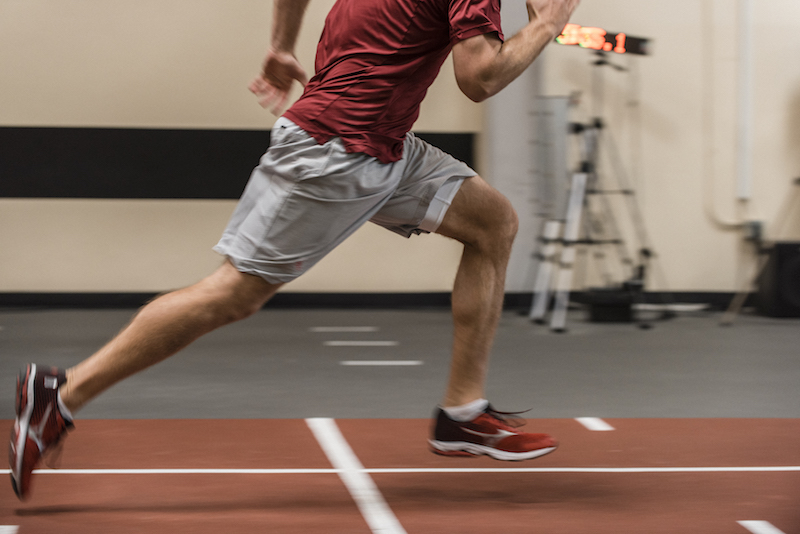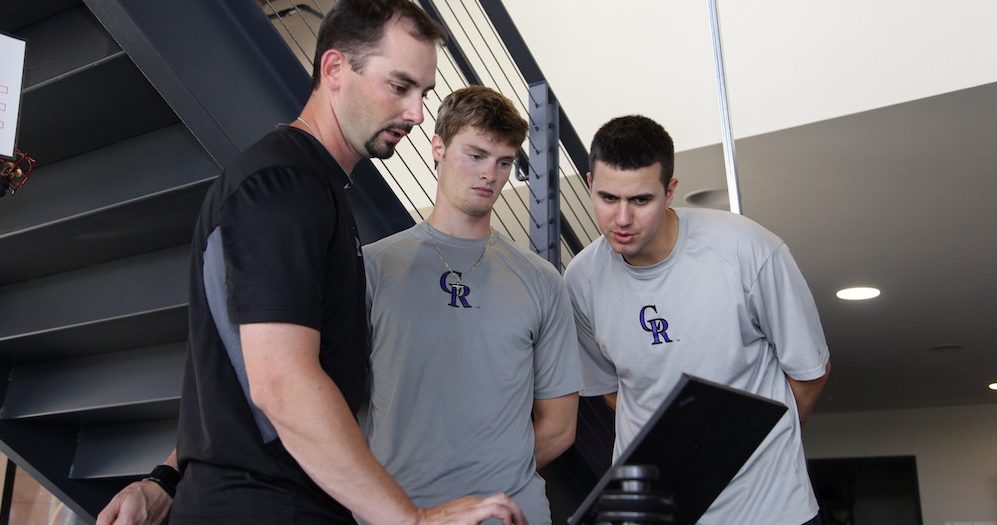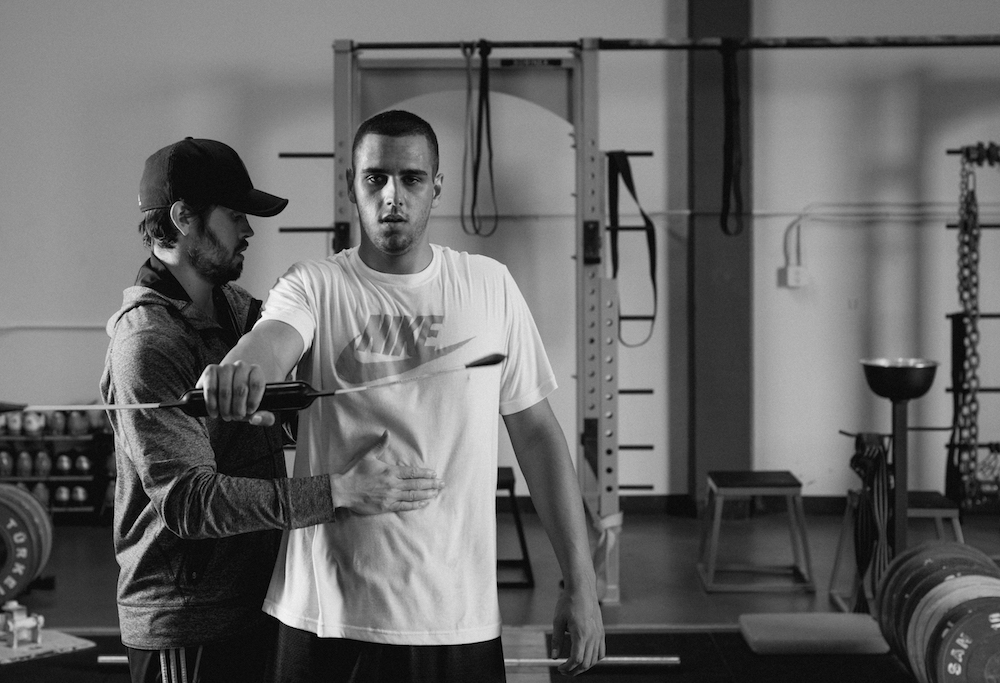
I recently had a conversation with a Strength and Conditioning Coach where he stressed the importance of getting support from his Sports Medicine staff. While in most organizations the Performance and Medical staffs work closely, there is a growing realization of the importance of creating great relationships between these two disciplines. More and more organizations are working to increase transparency and communication between medical staff and performance staff. This is a huge step forward as the goals of both of these departments should align: keeping athletes healthy and performing their best.
Historically, strength coaches and athletic trainers have often butted heads, with the former accused of being too aggressive and unscientific and the later accused of being too conservative. However, if the ultimate goal for all parties involved is to help the athlete, these personal biases and feuds are selfish and childish.
Building relationships and communication between these two departments can only have a positive effect of improving the care for the athlete. Whether from a preventative standpoint or a return to play standpoint, by building an alliance Medical and Performance staffs can increase their decision-making power to improve the overall experience for the athlete.
Because of the legal perspective, the Sports Medicine staff in most organizations is going to have the ability to approve or veto many decisions on a day to day basis. The Strength and Conditioning education model is hardly set in stone, while like all other medical professionals, a Physio or Athletic Trainer’s education follows a medical model: requiring a degree from an accredited programs and licensure with different governing bodies. This is not a slight to the performance coach, unfortunately the education and certification processes is decades behind our medical counterparts.

In many settings, athletes will spend more time with the strength and conditioning staff than with any other coach. The performance staff can and should make the job of the medical staff much easier. By building a wall between you and your strength and conditioning staff, you often will create more work for yourself, and a worse experience for the athlete. Having great communication and complete transparency with philosophies will allow better smoother and quicker transitions from injured to healthy. Because of the sheer amount of time, the performance staff will have a large influence on what the athlete does or does not do. It is best to have them as an ally.

Performance Coaches: Take a medical approach to training, first do no harm. Use objective data to show the why’s behind your program. What is your intent? Your job should make the medical staffs job easier. Show them that.
Medical Staff: Spend time with the performance staff to build a relationship. Learn from and educate your performance staff. Ask them questions and learn their intent. The better they do their job, the more time you can spend helping each athlete instead of simple triage.
The goal is to help the athlete. Improve resiliency: decrease risk of injury and improve performance. Lose the ego and keep the goal the goal by building an alliance within your organization.